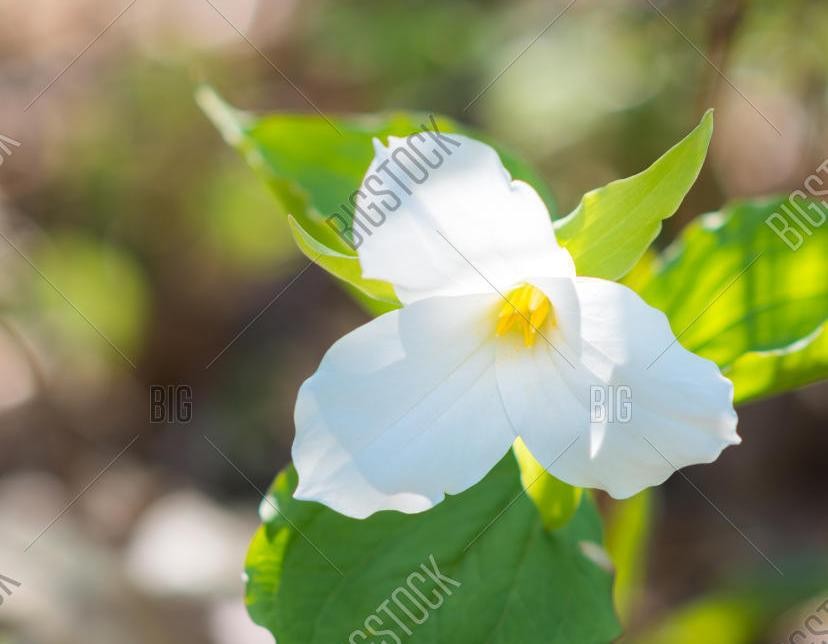Furrowed wakerobin
(Trillium sulcatum)

Description
Trillium sulcatum, the furrowed wakerobin, southern red trillium or Barksdale trillium, is a perennial wildflower that blooms in April and May. It is native to the southern Appalachian Mountains and nearby areas from West Virginia to Alabama. Trillium sulcatum bears its dark reddish flower on a pedicel above the leaves, with recurved (bent backwards) petals. The berry is also red. Trillium (trillium, wakerobin, toadshade, tri flower, birthroot, birthwort, and sometimes "wood lily") is a genus of about fifty flowering plant species in the family Melanthiaceae. Trillium species are native to temperate regions of North America and Asia, with the greatest diversity of species found in the southern Appalachian Mountains in the southeastern United States. Plants of this genus are perennial herbs growing from rhizomes. There are three large leaf-like bracts arranged in a whorl about a scape that rises directly from the rhizome. There are no true aboveground leaves but sometimes there are scale-like leaves on the underground rhizome. The bracts are photosynthetic and are sometimes called leaves. The inflorescence is a single flower with three green or reddish sepals and three petals in shades of red, purple, pink, white, yellow, or green. At the center of the flower there are six stamens and three stigmas borne on a very short style, if any. The fruit is fleshy and capsule-like or berrylike. The seeds have large, oily elaiosomes. Occasionally individuals have four-fold symmetry, with four bracts (leaves), four sepals, and four petals in the blossom. The tetramerous condition has been described for several species of Trillium including T. chloropetalum, T. erectum, T. grandiflorum, T. maculatum, T. sessile, and T. undulatum. In 1753, Swedish botanist Carl Linnaeus established the genus Trillium by recognizing three species, Trillium cernuum, Trillium erectum, and Trillium sessile. The type specimen Trillium cernuum described by Linnaeus was actually Trillium catesbaei, an oversight that subsequently led to much confusion regarding the type species of this genus. Initially the Trillium genus was placed in the family Liliaceae. In the nineteenth and early twentieth centuries it was sometimes placed in a smaller family, Trilliaceae. By 1981 Liliaceae had grown to about 280 genera and 4,000 species.
Taxonomic tree:







